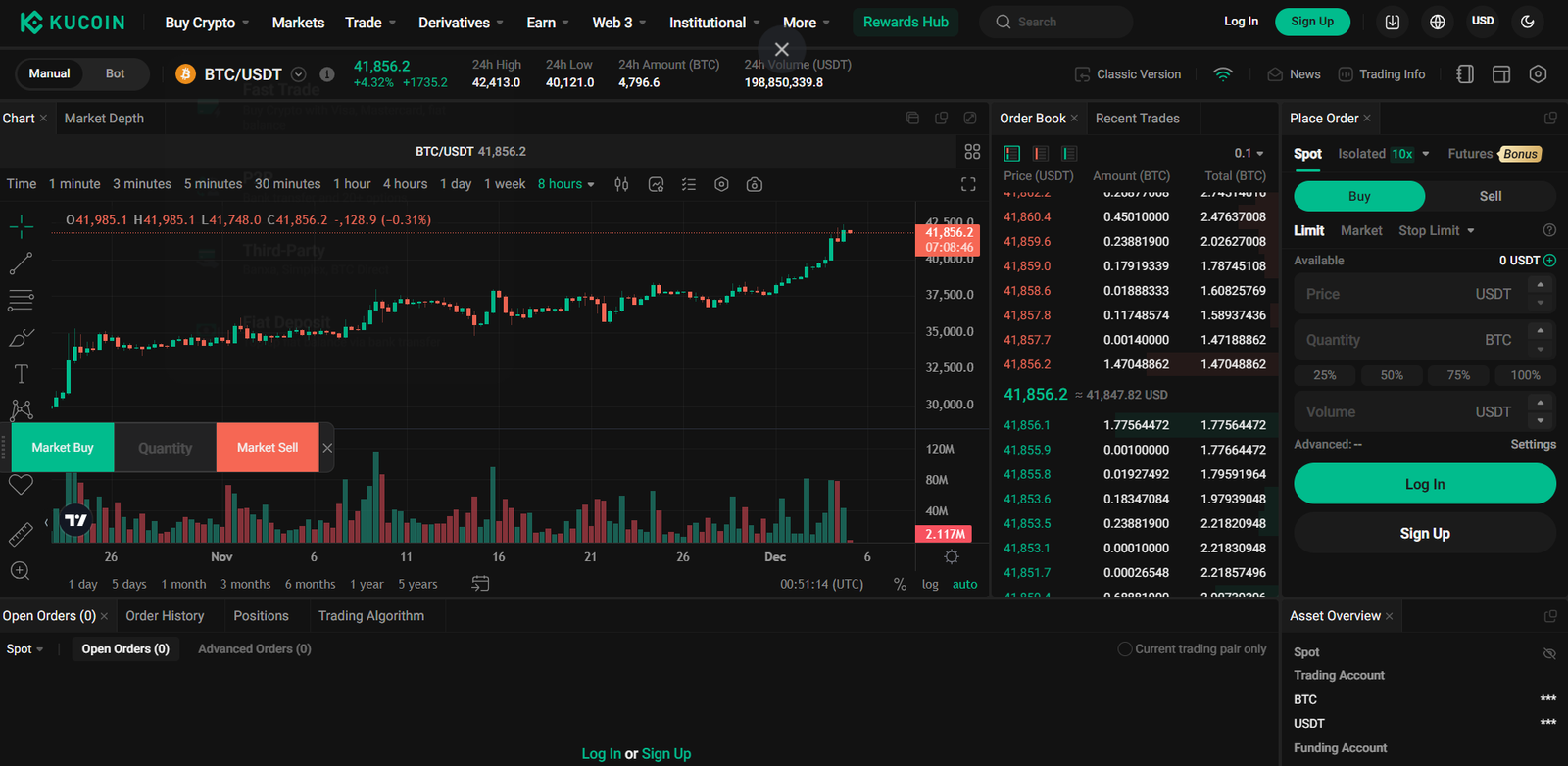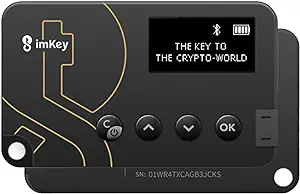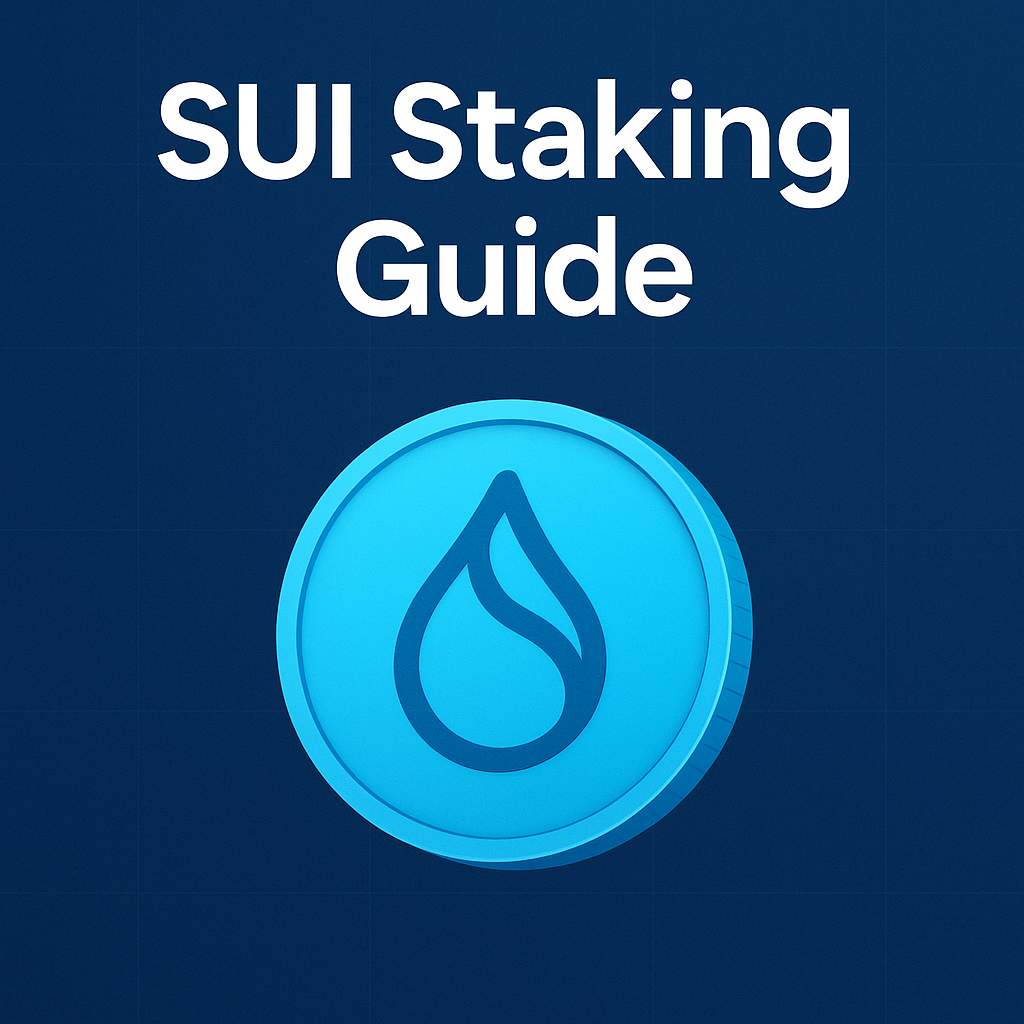Choosing the right crypto exchange Choosing the right crypto exchange is crucial for any investor looking to enter the world of digital currencies. With over 200+ CEXs (Centralized Exchanges) and numerous DEXs (Decentralized Exchanges, it can be overwhelming to make a decision. However, some important tips can help simplify the process.
Firstly, it is essential to consider the security measures implemented by the exchange. Look for platforms that utilize strong encryption protocols and offer two-factor authentication to protect your funds from potential cyber threats. Additionally, it is vital to evaluate the reputation and reliability of the exchange.
Conduct thorough research, read reviews, and check if the platform has experienced any major security breaches in the past. Furthermore, consider the range of cryptocurrencies offered by the exchange, trading volume, and liquidity as well as the eco-system on which the platform operates.
Diversification is key in this market, so choose an exchange that provides access to a wide variety of digital assets. Lastly, pay attention to the fees charged by the platform and ensure they align with your budget and investment goals. By following these tips, you can confidently select a crypto exchange that meets your needs and safeguards your investments effectively.
When it comes to choosing a crypto exchange, it’s important to consider the various requirements of individuals. However, there are some common criteria that everyone should prioritize. These key factors include robust security measures, low fees, high liquidity, a user-friendly interface, and convenient deposit and withdrawal methods. Now, let’s delve into the details of each category.
Crypto Exchange Security
Online trading is very liberating but when it comes to cryptocurrency trading, security is of the utmost importance. With the increasing popularity of online trading platforms and the rise in the value of digital currencies, it has become crucial for traders to prioritize the safety of their investments. The volatile nature of the cryptocurrency market makes it even more imperative to take necessary precautions to protect one’s assets. According to a rough estimate between 2011-2020, An estimated $15.6 billion was reported to have been stolen in various cryptocurrency exchange security breaches and hacks.
However, security breaches and hacks are not your only concern. Other possible risks that investors might face include dealing with banks, frozen funds, bank account closure, or the platform i.e. exchange going bust/bankrupt. These risks can potentially result in a loss of funds for the individuals involved, which usually happens due to a lack of transparency and regulatory oversight.
But we’ve seen the worst happen during the Global economic meltdown of 2008 even the major mortgage companies and banks got liquidated which is why I feel that DEXs are the future of a truly decentralized financial industry but for now if you’re a beginner you should stick to CEXs and then once you’ve fully grasped the markets move to DeFi and DEXs such as ApeX Pro, dYdX, GMX, Uniswap etc.
Enhanced Account Security Features: The platform should provide a comprehensive set of security measures, including two-factor authentication (2FA), address whitelisting, email notifications, and the ability to review account login history. These features not only bolster security but also offer peace of mind to users, ensuring their accounts are protected from unauthorized access.
Crypto Withdrawals: Certain platforms may limit users to only buying and selling digital assets i.e. Univerified Accounts or due to Non-KYC, without the option to withdraw cryptocurrencies. It is crucial to select an exchange that does not impose restrictions or withdrawal limits on the specific coins you wish to trade.
Regulatory Compliance: Verify whether the exchange holds the necessary license in its operating jurisdiction and adheres to the regulations of that region. For instance, exchanges operating in the United States must adhere to federal and state regulations, including registration with FinCEN and obtaining licenses as money transmitters. Exchanges that are not in compliance are always vulnerable to scrutiny and your savings/investments are always at risk.
Proof Of Reserves (PoR): This method allows for the verification that the platform maintains a 1:1 backing of all user deposits. While not infallible, it demonstrates a commitment to transparency and serves as a safeguard against situations where a platform cannot fulfill its obligations to users.
Crypto Storage and Custodians: To ensure security, it is a common practice to store assets offline and utilize multi-sig features. With multisig, multiple keys are required to access the funds, preventing any single individual, including the CEO, from misusing the funds. It is also crucial to research and consider the usage of custodians, such as Bitgo or Coinbase Custody, employed by many crypto exchanges.
Insurance Funds: Several platforms offer insurance to safeguard against hacks. However, it’s important to note that this insurance usually does not protect personal accounts from being hacked. Binance, for instance, has its own SAFU (Secure Asset Fund for Users), and Bitgo maintains $250M of insurance. While having an insurance fund is beneficial, it is crucial to verify if the coverage amount is sufficient to protect the assets held.
Trading, Deposit and Withdrawal Fees
Comparing fees can be a challenge due to the lack of transparency and information on certain platforms. Moreover, many platforms advertise “commission-free trading” and “no trading fees,” which can be misleading. Ironically, these platforms often turn out to be the most expensive, as they conceal their fees within the spread.
Unfortunately, these practices can result in unnecessary expenses that eat into your returns. It’s crucial to remain vigilant for other hidden fees, such as crypto withdrawal fees, fiat withdrawal fees, and credit card fees. Understanding these different fee types is key to securing the best rates when trading crypto.
Trading Fees: There are different types of trading fees, including commission-free, fixed rate, or a maker/taker model. If the Fee is above 0.20% this could be considered high. KuCoin, for example, is known for being one of the most cost-effective platforms globally, with a trading fee of just 0.10%.
Fiat Deposits and Withdrawals: While several platforms provide free fiat deposits and withdrawals, be cautious of those that impose a fee of 1% to 2% or more. Many of them only apply charges when you withdraw funds, something that might catch you off guard when you’re ready to cash out.
Crypto Withdrawal Fees: Always take a look at how much the platform charges on Deposit and Withdrawal, almost all of the popular exchanges offer free deposits (crypto deposits only). Certain platforms charge a fixed amount, potentially with a markup, while others utilize a dynamic network fee that aligns with the current rates, and some charge extra if you want to withdraw funds in FIAT currency instead of crypto. The solution for such problem is P2P marketplace where you can conveniently sell your coins or tokens and receive your payment in the desired currency. However, not all crypto platforms have a P2P marketplace.
Multi-Chain Withdrawals: When looking into deposit and withdrawal fees also check if the exchange offers a multi-chain withdrawal option. This allows the users to further minimize transaction fees by transferring coins across different networks. For instance, by opting for Arbitrum or BNB Chain (BEP20), instead of Ethereum (ERC20), you can potentially save anywhere between $20-$30 when withdrawing your funds in USDT.
Trading Discounts: There are various types of trading discounts available to consider. These can include referral links. Additionally, many exchanges employ a tiered trading fee system based on your 30-day trading volume. Moreover, platforms such as Phemex, KuCoin, and OKX have their native utility tokens (KCS and OKB), enabling the token holders to avail exclusive discounts on trading fees as well as other benefits.
Trading Spread: A trading spread in cryptocurrency refers to the difference between the buying and selling price of a digital asset. This is also known as the bid-ask spread, as it represents the highest price a buyer is willing to pay (bid) and the lowest price a seller is willing to accept (ask).
In simpler terms, this means that when you buy a cryptocurrency, you will pay a slightly higher price than the market value, and when you sell, you will receive a slightly lower price. The difference between these two prices is the trading spread.
When a platform advertises “zero fees” or “commission-free trades,” it is worth noting that they are likely earning money through the spread. In reality, the spread can be significantly more costly than you might expect. Spreads can vary greatly, from as low as 0.00% to as high as 5% or even more for low-cap altcoins. Typically, spreads fall within the range of 1% to 3%, but they are always fluctuating, which makes calculating costs quite challenging.
Trading Volume: Higher trading volume is indicative of better liquidity, a crucial factor for executing trades swiftly and at favorable prices. You can use a portfolio and price tracker like CoinStats not only to track the trading volume but also to uncover other useful information. A platform with high trading volume ensures superior rates and mitigates the impact of the aforementioned spread. For instance, Binance, being the largest exchange in the world in terms of trading volume, can offer some of the most competitive rates in the industry.
Purchasing with Credit and Debit Cards: Numerous exchanges provide the option to instantly buy cryptocurrencies using debit and credit cards. However, this convenience often comes at a high cost due to transaction fees, foreign exchange fees, and additional charges imposed by third parties.
Staking Fees: Staking offers a very decent ROI on many platforms but some platforms impose a commission on staking rewards which results in a decreased ROI and effectively kills your profit margin.
Cryptocurrencies and Additional Features
While some platforms solely focus on the buying and selling of Bitcoin or large-cap altcoins, others offer a plethora of services, ranging from trading bots and NFT marketplaces to crypto reward cards, and more. It is crucial to understand the specific features you intend to utilize, as services can vary significantly across different crypto exchanges.
Additionally, it is essential to ensure that the chosen services are available in your jurisdiction. For instance, it is common for derivatives trading to be prohibited for U.S. citizens on exchanges not licensed to operate in the U.S. Due to these factors, many individuals opt to use multiple crypto exchanges.
No. of Supported Coins/Tokens: When selecting cryptocurrencies, it’s important to consider the ones you wish to trade and whether the platform offers sufficient liquidity for favorable rates. Opting for higher liquidity ensures smoother buying and selling processes while minimizing slippage. Additionally, it’s beneficial if the platform consistently adds new coins throughout the year.
Types of Accounts: There are several main account types available, including spot trading, futures, margin trading, copy trading, and trading bots. It’s important to note that each exchange has its own fees and trading pairs, leverage and each account type has unique characteristics that align with your preferred trading strategy or investing strategy.
Spot trading allows for immediate 1:1 trades, futures trading involves speculating on future price movements, margin trading allows you to borrow funds to amplify your position, copy trading lets you imitate the trades of successful traders, and trading bots enable automated strategies.
Learn to Earn: Platforms such as KuCoin, Bybit, Phemex, and Binance provide opportunities for users to earn free cryptocurrency by participating in different activities such as trading competitions, quizzes word challenges, etc. These activities allow the users to expand their knowledge of new Web3 and crypto projects while earning rewards.
NFT Marketplace: Prominent platforms such as KuCoin, OKX, ByBit, Phemex, and Binance have launched their own NFT marketplaces, offering a diverse range of digital art for buying and selling.
Fractional NFTs: Although this concept is not new on the internet this is a unique feature that KuCoin has recently released that offers the opportunity to own fractions of Bored Apes and other high-value NFT projects that are typically inaccessible to small-scale investors. This enables you to engage in price speculation on expensive NFTs, regardless of your budget.
Additional Rewards: Apart from the aforementioned rewards, there are numerous other types of rewards available, including interest accounts, lending and borrowing opportunities, trading competitions, rewards for trading, liquidity farming, and much more.
User Experience
To have a smooth and secure trading experience, it is crucial to choose the best user experience crypto exchange. However, not all exchanges are created equal. While many platforms excel in providing a great mobile app, responsive customer support, and a user-friendly interface, some still face challenges in these aspects.
User-Interface: When selecting a crypto exchange, prioritize those that offer a streamlined and well-organized layout, charts and graphs that are easy to comprehend, and concise instructions for executing trades. Additionally, a seamless experience across mobile and desktop platforms is a definite advantage.
Account Verification: Take into account the simplicity and swiftness of the KYC process i.e. account verification process. Certain exchanges impose lengthy and intricate verification procedures that may impede your trading activity. There was a time when it took 2-3 Business days for the exchange to verify your uploaded document but now exchanges like Binance, KuCoin, ByBit, and Phemex can almost instantaneously verify the submitted documents in a matter of minutes.
Customer Service: Evaluate whether the exchange provides various avenues for customer support, such as live chat, email, or phone, and assess their reputation for prompt and beneficial assistance. Check their social media accounts as well as the Reddit community for user activity and unbiased reviews by active users who are trading on the selected platform.
Educational Resources: Exchanges designed for beginners typically offer a wealth of educational resources, including articles, tutorials, and guides. These resources serve to enhance users’ understanding of cryptocurrency trading concepts and empower them with knowledge.
Some Additional Tips For Choosing A Reliable Crypto Exchange
Avoid Loyalty to a Single Platform: The industry is constantly evolving, and even your preferred platform may introduce unexpected fee hikes or be surpassed by superior alternatives. Stay adaptable and be prepared to switch platforms for any reason that may arise.
Things To Avoid: It is advisable to refrain from purchasing cryptocurrency using credit cards due to the substantial fees associated with it. It is recommended to avoid this practice whenever possible. Also, do not store your long-term assets on the exchange only use the crypto exchanges for trading purposes and hold the majority of your assets in a self-custody wallet, preferably a ‘Cold Wallet’ hardware wallet such as the SafePal S1 Trezor or Ledger.
Always be open to learning, there are numerous types of crypto exchanges: non-custodial exchanges, P2P exchanges, decentralized exchanges, and more. Familiarizing yourself with these different types and learning the distinctions will empower you to select the most suitable platform to meet your specific requirements.







